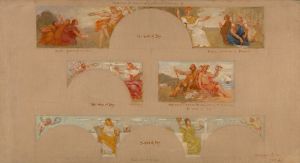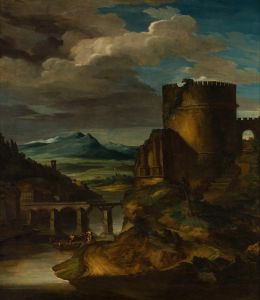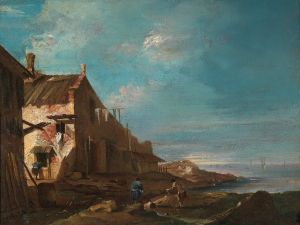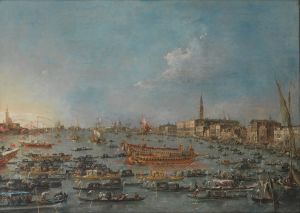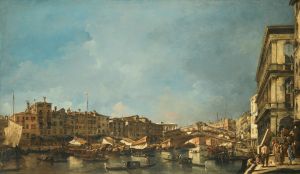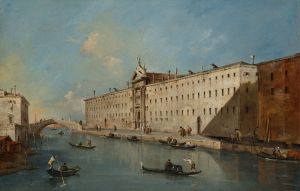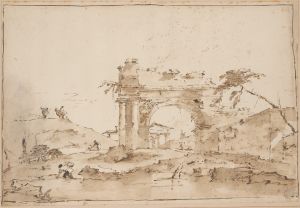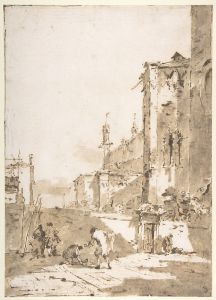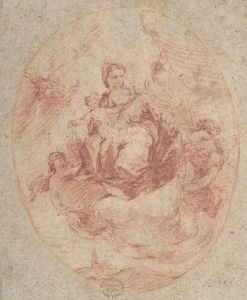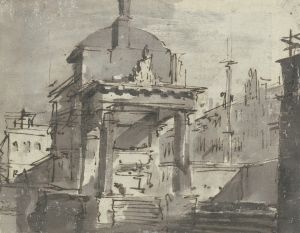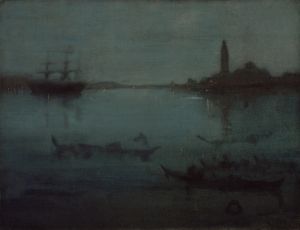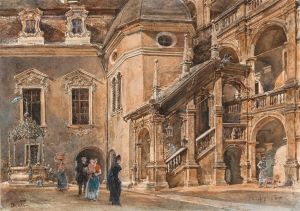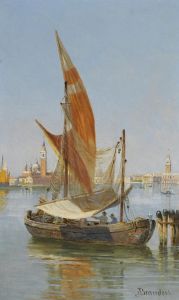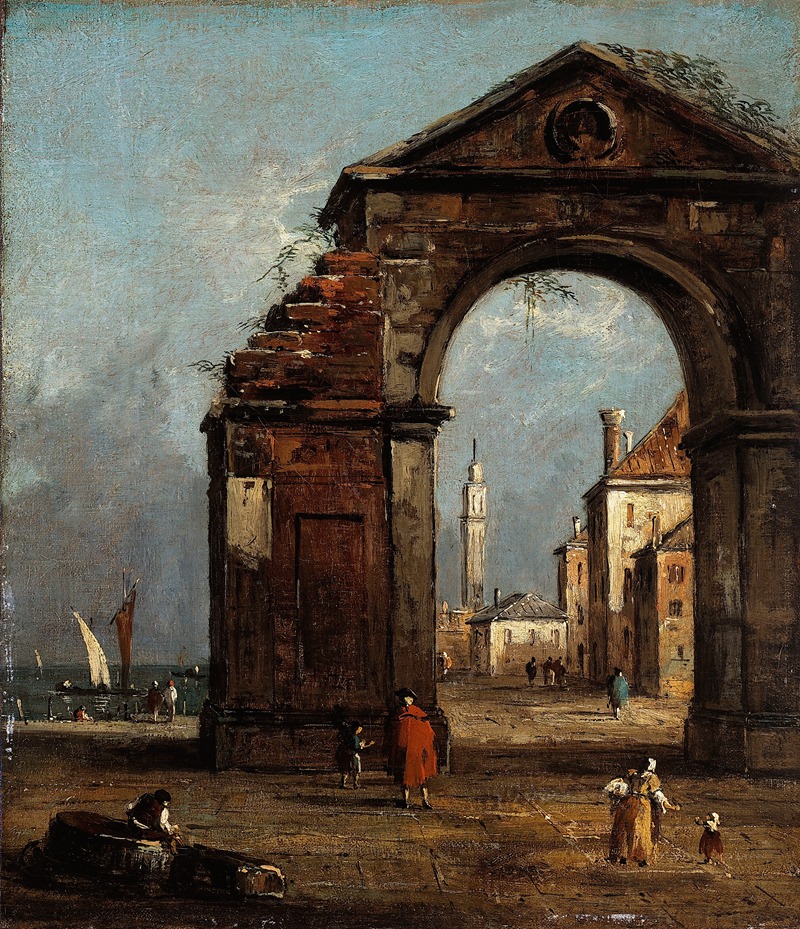
Caprice, avec arc triomphal en ruine et paysage du bord de la lagune
A hand-painted replica of Francesco Guardi’s masterpiece Caprice, avec arc triomphal en ruine et paysage du bord de la lagune, meticulously crafted by professional artists to capture the true essence of the original. Each piece is created with museum-quality canvas and rare mineral pigments, carefully painted by experienced artists with delicate brushstrokes and rich, layered colors to perfectly recreate the texture of the original artwork. Unlike machine-printed reproductions, this hand-painted version brings the painting to life, infused with the artist’s emotions and skill in every stroke. Whether for personal collection or home decoration, it instantly elevates the artistic atmosphere of any space.
Francesco Guardi, an Italian painter of the 18th century, is renowned for his vedute, or detailed cityscapes, that capture the essence of Venice and its surroundings. One of his notable works is "Caprice, avec arc triomphal en ruine et paysage du bord de la lagune," which translates to "Caprice, with a Ruined Triumphal Arch and Landscape by the Lagoon." This painting exemplifies Guardi's ability to blend reality with imagination, a hallmark of his capricci, or fantasy landscapes.
Guardi was born in Venice in 1712 and became one of the last practitioners of the Venetian school of painting. His works are often compared to those of Canaletto, another prominent Venetian vedutista, though Guardi's style is more atmospheric and less focused on architectural precision. Instead, Guardi's paintings are celebrated for their evocative use of light and color, capturing the mood and ambiance of Venice.
"Caprice, avec arc triomphal en ruine et paysage du bord de la lagune" is a quintessential example of Guardi's capricci. In this painting, Guardi combines elements of classical ruins with a serene lagoon landscape, creating a dreamlike scene that does not exist in reality but evokes the timeless beauty of Venice. The ruined triumphal arch, a common motif in capricci, serves as a focal point, drawing the viewer's eye into the composition. This arch, while not based on any specific structure, suggests the grandeur of ancient Rome and the passage of time.
The painting's background features a tranquil lagoon, typical of the Venetian landscape, with gentle ripples on the water's surface reflecting the soft light of the sky. Guardi's use of light and shadow adds depth and dimension to the scene, enhancing the sense of a fleeting moment captured in time. The combination of architectural elements and natural scenery reflects Guardi's skill in creating harmonious compositions that transcend the boundaries of reality.
Guardi's technique in this painting, as in many of his works, involves loose brushwork and a delicate palette, which contribute to the ethereal quality of the scene. His ability to convey the atmospheric effects of light and weather is evident in the subtle gradations of color and the interplay of light and shadow. This approach allows the viewer to experience the painting as a living, breathing moment, rather than a static depiction.
"Caprice, avec arc triomphal en ruine et paysage du bord de la lagune" is a testament to Guardi's mastery of the capriccio genre and his unique ability to blend imagination with reality. While the painting does not depict a specific location, it captures the spirit of Venice and its enduring allure. Guardi's work continues to be celebrated for its poetic vision and its contribution to the rich tradition of Venetian art.
Today, Francesco Guardi's paintings, including his capricci, are held in high esteem and can be found in major art collections and museums around the world. His work remains a significant part of the study of 18th-century Venetian art, offering insight into the cultural and artistic milieu of the time. Through his imaginative landscapes, Guardi invites viewers to explore the boundaries between reality and fantasy, leaving a lasting impression on the art world.





